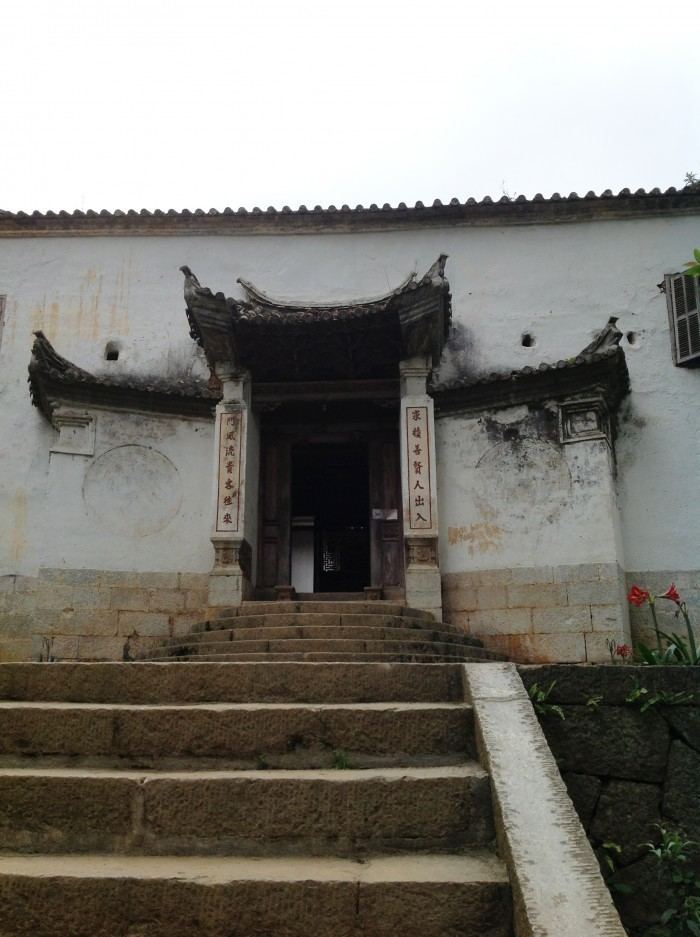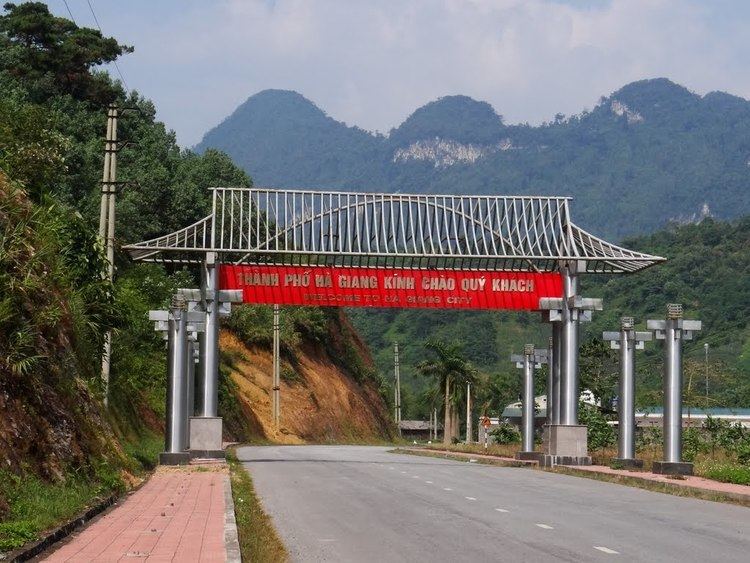Country Area 135.33 km2 | Population 758,000 (Jul 1, 2012) | |
 | ||
Northeast & ha giang vietnam motorbike tours 2013 | offroad vietnam
Hà Giang ( listen) is a city located on the banks of the Lô River in the north-east region of Vietnam. It is the capital of Hà Giang Province. The city has an area of 135.33 km² and a population of 71,689 inhabitants. The population is composed of 22 different ethnicities, of which 55.7% are Kinh and Tày people.
Contents
- Northeast ha giang vietnam motorbike tours 2013 offroad vietnam
- Map of H Giang
- History
- Administration
- Economy
- Demographics
- Offroad vietnam charity motorbike tour to ha giang christmas 2014 offroad vietnam
- References
Map of Hà-Giang
History

Up until the 19th century the settlement of Vị Xuyên, to the south of Hà Giang (chu Han: 河江), was the principal market town in the area. Under the Nguyễn dynasty the town of Hà Giang, in what is now the Trần Phú District, began to grow in size. In 1842 the town was included in the former Tuyên Quang Province. The town became an important French military outpost after 1886.

On August 12, 1991, The province of Hà Giang was re-established and separated from Tuyên Quang Province. When separated, Hà Giang Province contained 10 administrative units, and Ha Giang town became the provincial town of Hà Giang.
On September 27 of 2010, Hà Giang town was officially upgraded into a provincial city.
About 4 years later, in March 2014, the urban development project type II was approved by the Prime Minister in Decision No. 190, which includes the provinces of Vinh Phuc, Ha Giang, and Thừa_Thiên–Huế, Thanks to a non-refundable aid from the Asian Development Bank (ADB). In regards to Hà Giang province, The project includes upgrading of roads, construction of 2 new bridges, and upgrading the sewage system; The investment in the urban development of type II in Ha Giang City would promote economic and social sustainable development, which is a prerequisite for the development of the area.
Administration
The following administrative units are recognized as part of Hà Giang city:
Economy
Hà Giang province is a highly mountainous region. Much of the province is too mountainous for agriculture, leaving much of the land covered by forests. Hà Giang's central plateau is good for growing plums, peaches, and persimmons, which the province exports. Tea is also grown.
Hà Giang is one of the poorest provinces of Vietnam. Traditionally, the vast majority of its economic activity revolved around agriculture and forestry, but in recent years, there have been attempts to establish a manufacturing industry. Infrastructure in Hà Giang has seen improvement, but remains poor - roads, schools, and health services are less developed than in many other parts of Vietnam. Since the designation of Dong Van Karst Plateau Geopark in 2010, the tourism industry has been growing.
Demographics
Many people in Hà Giang belong to one of Vietnam’s ethnic minorities. Aside from the Viet (or Kinh), the most numerous ethnic groups in Hà Giang are the Tày, the Dao, and the Hmong.
